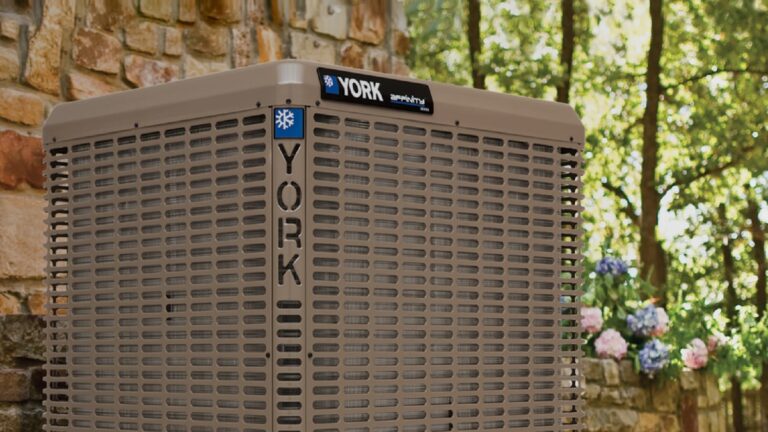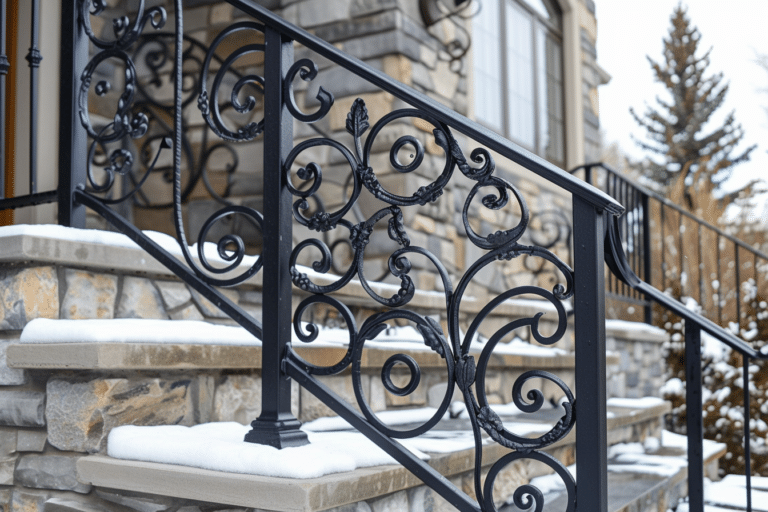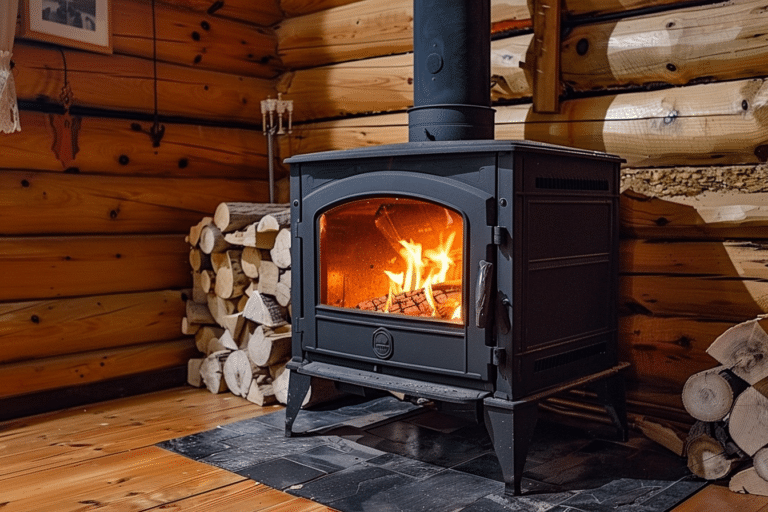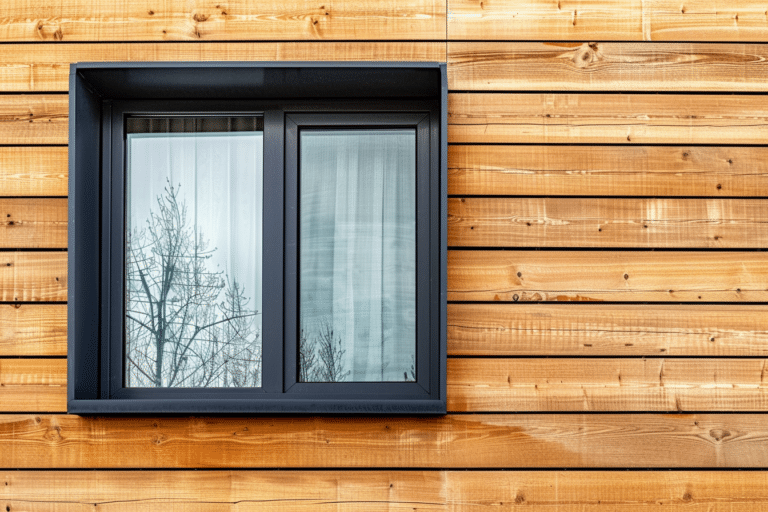Key Takeaways
- The cost to remove a fireplace or chimney ranges from $500 to $6,000, with a national average of $4,500.
- Partial removal costs $500 to $2,500, while full demolition costs $3,000 to $6,000.
- Additional costs may include $1,000 to $2,000 for repairing walls, floors, roofing, and siding.
Chimney And Fireplace Removal Costs
| Type | Average Cost |
|---|---|
| Partial Removal | $500 – $2,500 |
| Full Demolition | $2,000 – $4,000 |
| Repair Walls, Floor, Roof, Siding | $1,000 – $2,000 |
| Chimney Stack Removal (Above Roof Line) | $800 – $2,000 |
| Chimney Breast Removal (Below Roof Line) | $1,500 – $2,500 |
| Remove Wood-Burning Fireplace | $500 – $1,000 |
| Remove Electric / Gas Fireplace Insert | $500 – $2,500 |
Average Cost To Remove A Fireplace & Chimney
| National Average Cost | $4,500 |
|---|---|
| Minimum Cost | $500 |
| Maximum Cost | $10,000 |
| Average Range | $3,000 to $6,000 |
Chimney Removal Cost
| Type | Average Cost |
|---|---|
| Full Demolition | $2,500 – $7,500 |
| Chimney Stack (Above Roof Line) | $800 – $2,000 |
| Chimney Breast (Below Roof Line) | $1,500 – $2,500 |
| Flue / Liner Replacement | $2,000 – $5,000 |
Chimney Full Demolition Cost
| Item | Average Cost |
|---|---|
| Structural Engineer | $300 – $1,000 |
| Demolition & Structural Support | $1,000 – $4,000 |
| Repair Walls, Floor, Roof, Siding & Paint | $1,000 – $2,000 |
| Debris Disposal | $250 – $650 |
Cost To Remove A Chimney Stack Above Roof Line
| Item | Average Cost |
|---|---|
| Scaffolding Rental | $15 – $50 per day |
| Demolition | $25 – $50 per vertical linear foot |
| Roof Repairs Cost | $200 – $500 |
| Debris Disposal | $250 – $650 |
Cost To Remove A Chimney Breast
Removing a chimney breast below the roof line costs $1,500 to $2,500 on average. This involves demolishing the brickwork, installing structural support, and repairing the walls, floor, and ceiling.
Chimney Flue Or Liner Removal Cost
Removing a chimney flue or liner costs $2,000 to $5,000. This is often done when the liner is damaged beyond repair and needs replacement. The cost includes removing the old liner, installing a new one, and making necessary repairs to the chimney.
Cost To Remove Fireplace
| Type | Average Cost |
|---|---|
| Wood-Burning Stove | $500 – $1,000 |
| Gas Insert | $500 – $2,500 |
| Electric Insert | $500 – $1,000 |
| Outdoor | $500 – $2,000 |
Cost To Remove A Wood-Burning Stove
Removing a wood-burning stove costs $500 to $1,000. This includes disconnecting the stove, removing the pipes and vents, and repairing the wall and floor surfaces.
Cost To Remove Electric Or Gas Fireplace Insert
| Type | Average Cost |
|---|---|
| Disconnect Gas or Electric Line | $100 – $300 |
| Remove Insert | $250 – $600 |
| Remove Flue, Pipes, Vents | $100 – $300 |
| Repair Wall Surfaces | $250 – $800 |
| Demolish Mantle and Hearth | $25 – $50 per linear foot |
| Structural Support | Varies based on project |
Ventless Fireplace Removal
Removing a ventless fireplace costs $500 to $1,500 on average. This involves disconnecting the gas line, removing the unit and surround, and repairing the wall surfaces.
Removing Outdoor Fireplaces Cost
Outdoor fireplace removal costs $500 to $2,000. The price depends on the size, materials, and whether it’s built-in or freestanding. Demolition may require heavy equipment and debris disposal.
Cost To Remove Fireplace Hearth
Removing a fireplace hearth costs $500 to $1,500. This includes demolishing the brickwork or stone, removing the debris, and repairing the floor surface.
Cost Factors For Chimney and Fireplace Removal
- Chimney removal regulations and permits
- Location of the chimney in the home
- Chimney material (brick, stone, metal, etc.)
- Presence of electrical wiring or gas lines
- Existing damage or hazards like mold or asbestos
- Covering and blocking up the fireplace opening
- Moving the fireplace to a new location
- Debris disposal and dump fees
Reasons To Remove A Chimney
- Upgrading or replacing the fireplace
- Damage to the chimney stack or fireplace structure
- Leaks and moisture issues causing deterioration
- Abandoned or unused chimney taking up space
- Changing home layout or design preferences
- Eliminating fire hazards and improving safety
- Reducing maintenance and repair costs
Chimney & Fireplace Removal FAQs
Can You Remove A Fireplace And Chimney?
Yes, a fireplace and chimney can be partially or fully removed. However, it’s a complex project that requires professional expertise to ensure structural integrity and safety.
How Long Does It Take To Remove A Chimney And Fireplace?
Removing a chimney and fireplace typically takes 1 to 5 days, depending on the scope of the project. Partial removal may only take a day, while full demolition can take several days to a week.
How Much Does It Cost To Support A Chimney Stack?
Supporting a chimney stack costs $1,000 to $4,000 on average. This involves installing structural supports like steel beams or lintels to carry the weight of the remaining chimney after removal.
Can You Move A Chimney?
Yes, a chimney can be moved, but it’s a complex and expensive process. Moving a chimney costs $5,000 to $20,000 or more, depending on the distance and structural changes required.
How Much Does Uncapping A Chimney Cost?
Uncapping a chimney costs $100 to $500. This involves removing the cap or cover at the top of the chimney to allow proper ventilation and prevent moisture buildup.
Does Removing A Fireplace Decrease Home Value?
Removing a fireplace may decrease home value if it’s a desirable feature in your area. However, removing an old, damaged, or unsafe fireplace can improve home value and marketability.
What’s The Price For A Complete Chimney Stack Rebuild?
Rebuilding a chimney stack costs $1,000 to $3,500 on average. The price depends on the height, materials, and extent of damage. Rebuilding may be necessary if the chimney is severely deteriorated or structurally unsound.
How Much Does A Fireplace Remodel Cost?
A fireplace remodel costs $300 to $5,000 or more, depending on the scope of the project. Simple updates like painting or tiling start at $300, while extensive remodels with structural changes can cost $5,000 to $15,000+.
How To Remove A Chimney
- Obtain necessary permits and follow local regulations
- Hire a structural engineer to assess the chimney and provide support recommendations
- Set up scaffolding or safety equipment to access the chimney
- Remove the chimney stack above the roofline first
- Remove the chimney breast and any remaining portions below the roofline
- Install structural supports as needed to carry the weight of the remaining chimney
- Repair the roof, walls, floors, and siding affected by the removal
- Dispose of the debris and clean up the work area
Hiring A Chimney Or Fireplace Removal Company
When hiring a chimney or fireplace removal company, look for:
- Licensed and insured contractors with experience in chimney demolition
- Positive reviews and references from previous clients
- Detailed estimates and clear communication about the scope of work
- Proper safety equipment and procedures to protect your home
- Inclusion of debris disposal and cleanup in the project quote
Get at least three quotes from reputable contractors to compare prices and services. Choose the company that offers the best value and expertise for your specific removal project.
Questions To Ask A Chimney Demolition Contractor
- Are you licensed and insured for chimney demolition work?
- How many chimney removals have you completed?
- Can you provide references from past clients?
- What is your process for assessing the chimney and providing a quote?
- How will you protect my home during the demolition process?
- Are permits and structural support included in your services?
- How long will the removal take, and what is the estimated timeline?
- Do you handle debris disposal and cleanup?
- What kind of warranty or guarantee do you offer on your work?
- How do you handle unexpected issues or changes to the project scope?
Removing a chimney or fireplace is a significant home renovation project that requires careful planning and professional execution. By understanding the costs, processes, and factors involved, homeowners can make informed decisions about their chimney removal and find a qualified contractor to ensure a safe and successful outcome.







